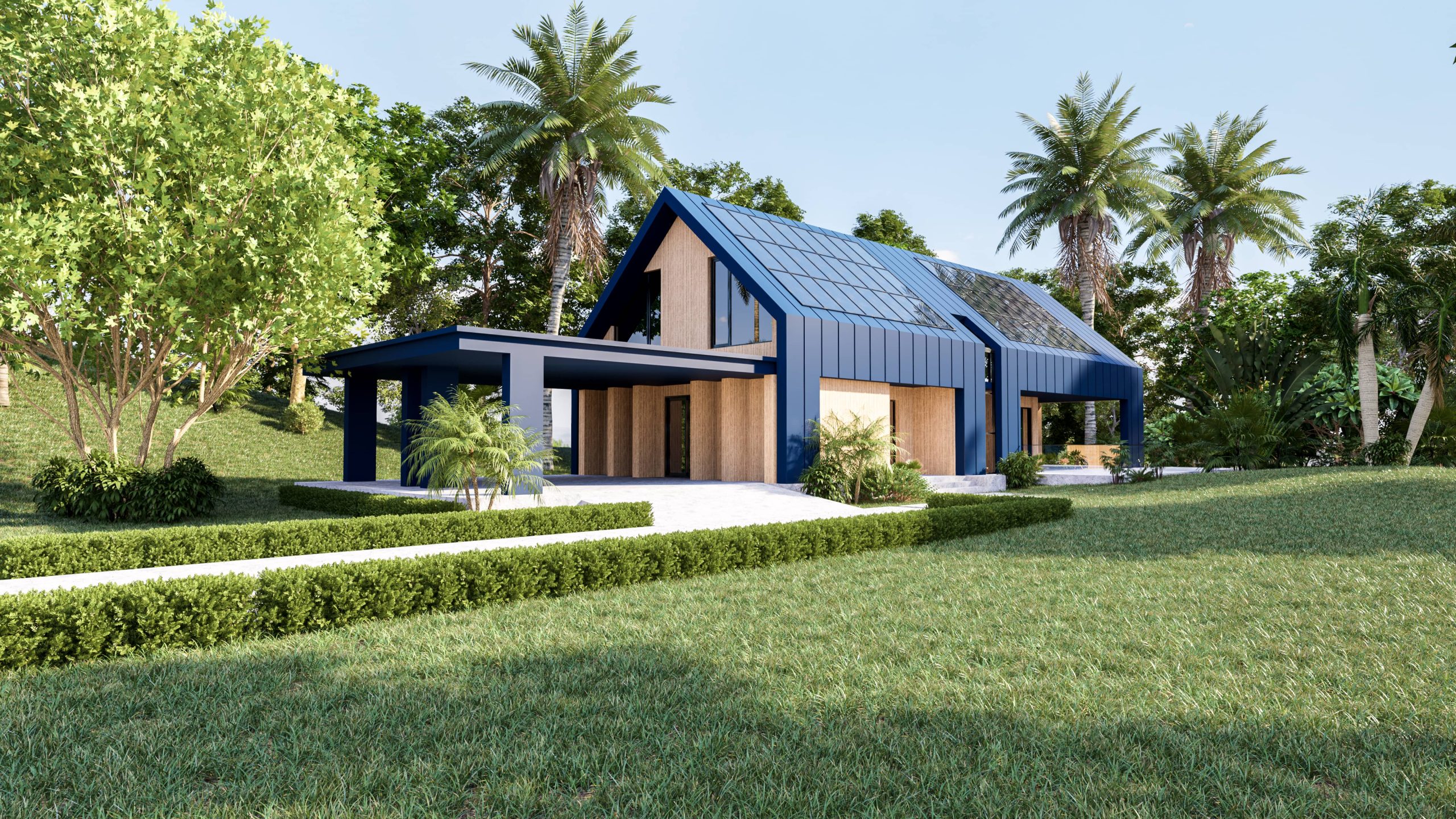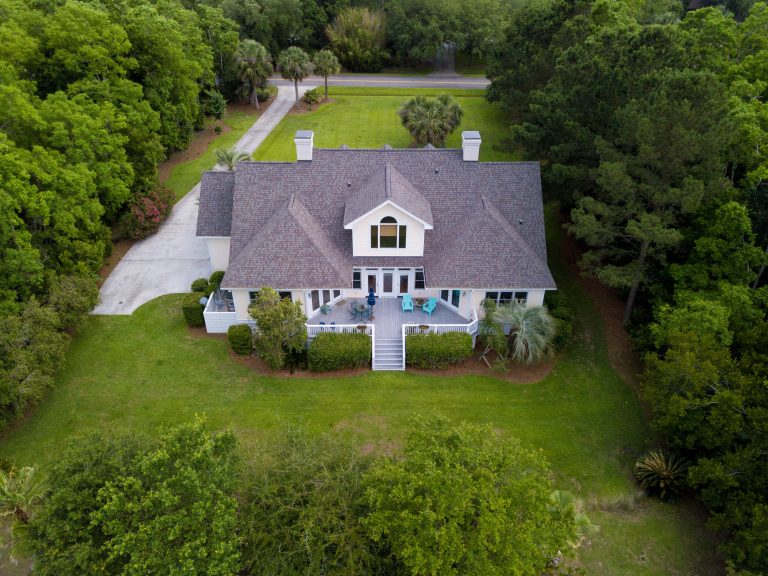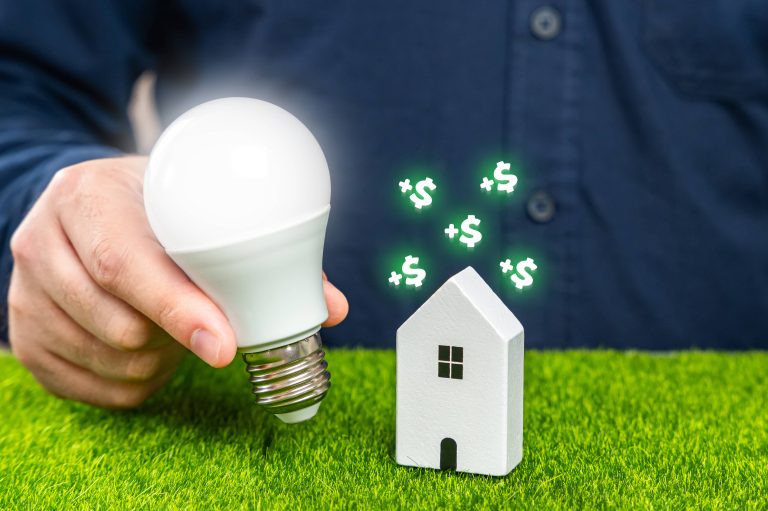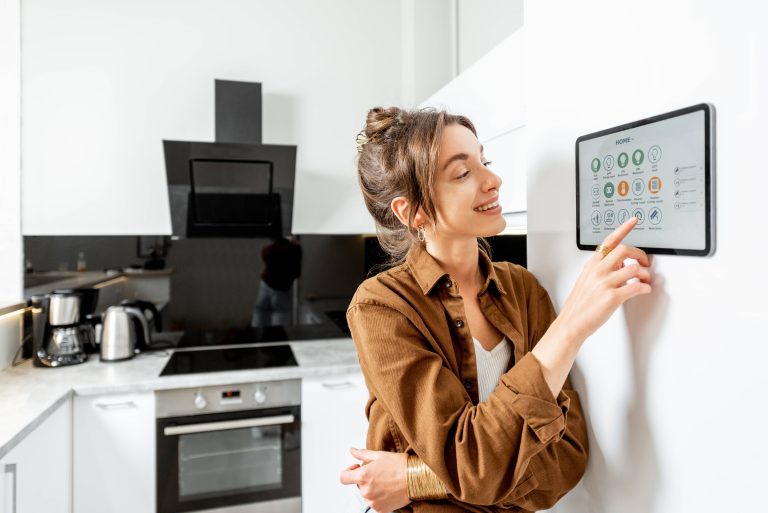
The concept of sustainability has gradually evolved from a buzzword into a significant paradigm that touches every aspect of our lives. For years, various industries have been progressively aligning their operations with sustainable practices. In recent years, the “Smart Home” sector has become a front-runner, particularly in the discussions surrounding energy efficiency and sustainability. But the question remains: Can smart homes achieve complete sustainability? Let’s explore this fascinating concept in detail.
Defining Sustainability in Smart Homes
Before delving deeply, it’s crucial to define what complete sustainability means in the context of smart homes. Generally, sustainability refers to meeting our own needs without compromising the ability of future generations to meet theirs. For smart homes, this involves the efficient utilization of resources like energy and water, reducing waste, and incorporating renewable energy sources.
Energy Efficiency: The Cornerstone of Sustainability
Energy efficiency is the foundation of any sustainable smart home. Traditional homes often suffer from energy inefficiencies due to poor insulation, outdated appliances, and inefficient heating and cooling systems. Smart homes are designed to alleviate these issues through advanced technology and automation.
Smart Appliances
Modern smart appliances are equipped with sensors and connectivity that enable them to operate more efficiently. For example, smart refrigerators optimize cooling systems to use less energy based on the contents and their usage patterns. Smart washers and dryers adjust their cycles based on the load size and fabric type, conserving both water and electricity.
Intelligent Heating and Cooling
Traditional heating, ventilation, and air conditioning (HVAC) systems are notorious for their inefficiency. Smart thermostats, such as those from Nest or Ecobee, learn your behavior and preferences, thus optimizing the heating and cooling schedule. Furthermore, these systems can be controlled remotely, allowing you to adjust the temperature based on real-time needs.
Lighting Automation
Smart lighting systems contribute significantly to energy efficiency. Lighting accounts for a substantial percentage of a home’s energy usage. Smart bulbs and switches can be programmed to switch off when not in use, adjust brightness levels based on time of day, or even change color temperature to reduce the strain on the eyes, all while conserving energy.
Renewable Energy Integration
Leveraging renewable energy sources is a critical step toward achieving complete sustainability in smart homes. Here’s how smart home technology can enhance the use of renewables:
Solar Power Generation
The integration of solar panels is becoming more common in smart homes. Advanced energy management systems can optimize the use of solar power, storing excess energy in home batteries or smart grids for later use. Solar power can be used to run all smart systems in the home, thus reducing reliance on non-renewable energy sources.
Wind and Geothermal
While less common, some homes are starting to incorporate wind turbines or geothermal energy systems. Smart home technology can optimize the use of these renewable resources, ensuring that the home’s energy needs are met with minimal environmental impact.
Water Conservation
Water conservation is another crucial aspect of a sustainable smart home. Smart irrigation systems can monitor soil moisture levels and weather forecasts to optimize water usage for lawns and gardens. Indoors, smart showerheads and faucets can track water consumption and detect leaks, ensuring water is not wasted.
Waste Reduction and Recycling
Waste management is often overlooked but is essential for achieving complete sustainability. Smart waste bins can sort recyclables from waste and provide data on waste generation trends, encouraging more efficient consumption patterns and recycling habits.
Health and Well-being
Sustainable living also encompasses health and well-being. Smart homes can contribute to a healthier indoor environment through air quality monitoring, noise control, and natural light optimization. Automated air purifiers can adjust their settings based on air quality data, ensuring the residents always have access to clean air.
Challenges in Achieving Complete Sustainability
While the potential for smart homes to achieve complete sustainability is significant, challenges remain.
High Initial Costs
The upfront costs of integrating smart technologies can be prohibitive for many. While these technologies pay for themselves over time through energy savings, the initial investment can still be a deterrent.
Technological Integration
Achieving seamless integration of various smart devices can be complex. Ensuring compatibility between different systems and platforms requires careful planning and potentially higher costs.
Data Security and Privacy
Smart homes depend heavily on data, raising concerns about security and privacy. Ensuring that this data is protected against breaches is critical to maintaining user trust.
The Path Forward
Despite these challenges, the trajectory for smart homes and complete sustainability is promising. Technological advancements are driving down costs and improving the integration and security of smart home devices. As awareness and demand for sustainable living rise, adoption rates for smart home technologies are likely to increase.
Conclusion
The potential for smart homes to achieve complete sustainability lies in the synergistic use of energy-efficient appliances, renewable energy, water conservation, waste reduction, and health-focused innovations. While challenges exist, ongoing technological advancements and increased consumer demand for sustainable living suggest that we are on the right path. Embracing smart home technology not only promises to enhance our quality of life but also plays a pivotal role in creating a sustainable future for generations to come.







